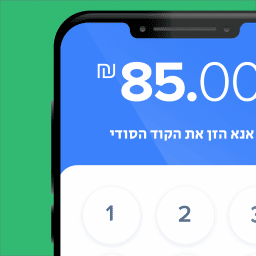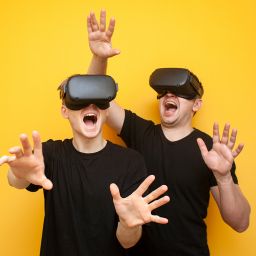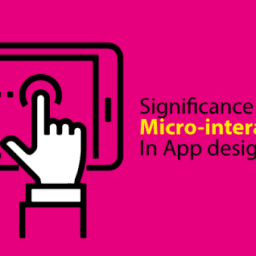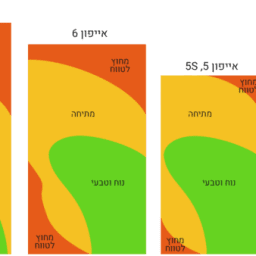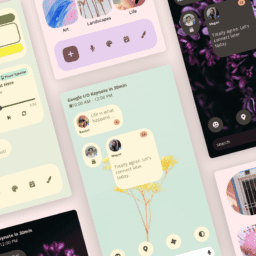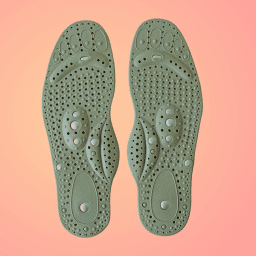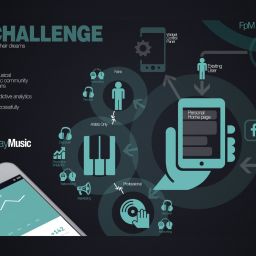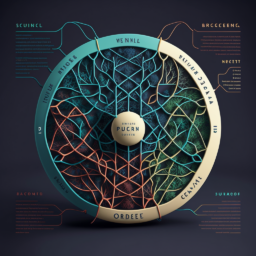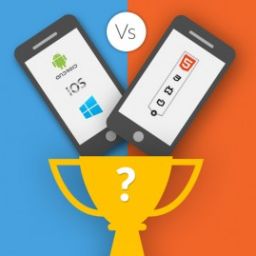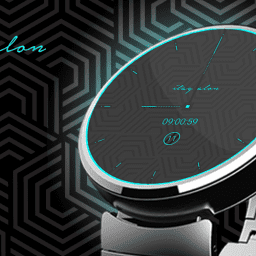Sensors are useful in app development.
We are a generation that takes this miracle called a mobile device for granted, and I call it a miracle because those who know the history and evolution of the development of mobile devices and operating systems, understand that there will be a crazy arms race between the manufacturers in such a short time. So short that it is hidden from most people's knowledge.
However, you should know the sensory offerings that the devices and operating systems offer you as entrepreneurs so that you can utilize the potential inherent in them with maximum efficiency. When talking about Application design For cellphones - it's totally worth getting to know the following features that most smartphones have today.
ACCELEROMETER - accelerometer
The accelerometer measures and calculates the acceleration of the device. The calculation is done in the three orientation axes of the device and sends the data to applications and games that require it.
For example, Android uses the longitudinal or lateral accelerometer. When you move the smartphone to a horizontal position and across the phone screen, the device automatically adjusts the screen according to the position with the help of acceleration.
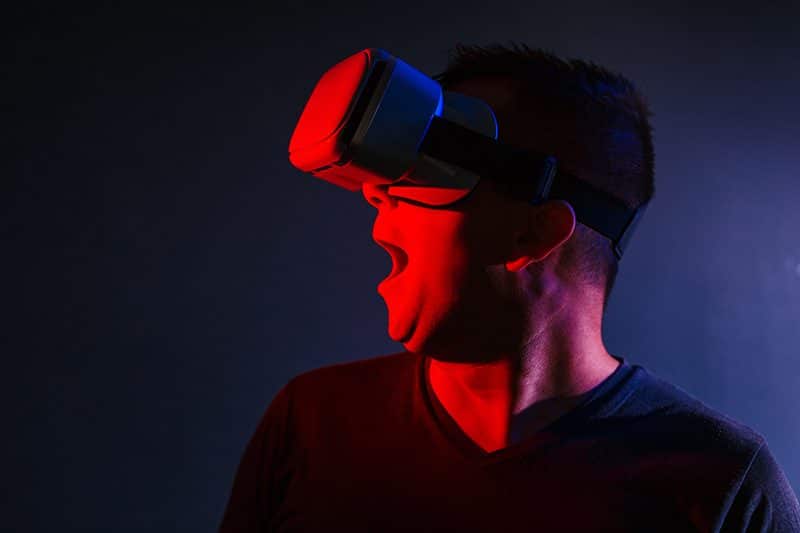
PROXIMITY SENSOR - Proximity sensor
When you are in call mode and you place the phone next to your ear the light turns off, have you wondered how it works? A proximity sensor in your mobile detects the object closest to it and sends the data to your phone. The sensor works by activating a small light beam that reflects on our skin and the device turns off the screen display temporarily.
MAGNETOMETER - magnetic field sensor
This sensor is capable of detecting magnetic fields. A magnetometer is one of the sensors used by compass apps that use it to point to the Earth's North Pole. This sensor is also used by applications designed to detect metals.
LIGHT-SENSOR – light sensor
A light sensor is used in smart phones for automatic display light adjustment. This sensor calculates the lighting of the environment and sends the data to the device. The device then calculates the required display brightness and applies the effect to the display. In the aspect of designing applications for smartphones - it is used a lot.
GPS - global positioning system
A GPS module will connect to several satellites and give your device an accurate location. It goes without saying that Waze is an aspect of mobile app design in this field.
FINGERPRINT SENSOR – fingerprint sensor
No need to explain the fingerprint sensor. This sensor has become the most common these days, and it comes equipped even on low end phone versions.
BAROMETER - Atmospheric pressure sensor
A barometer is a sensor that is usually present in advanced smart phones. A barometer measures atmospheric pressure. The barometer sensor in mobile devices works with a GPS sensor to measure sea level at the GPS level.
HEART RATE MONITOR - heart rate sensor
As the name suggests this sensor measures the user's heart rate. It measures the heart rate by placing the user's finger on the sensor. The sensor calculates the user's heart rate per minute and displays the results on the screen. In the field of mobile app design, there are quite a few apps that use this sensor.
Gyroscope
The gyroscope is a precise orientation sensor. The sensor calculates the angular velocity of the device. The gyroscope in smartphones is used to track the rotation of the device. For example, in environments such as a race track, the gyroscope calculates rotation data along with acceleration and projects the data into the game and the player feels the pull, which adds to the game experience.
Popular apps such as Google Sky Map, Android Sphere Camera and many more apps use Gyroscope data to get accurate results.
PEDOMETER - pedometer
The pedometer sensor calculates the number of steps taken by the user. Previous versions of many smartphones use accelerometers to calculate steps, which makes the data less accurate.
TOUCH SCREEN - touch sensor
The touch screen of the smartphone is also a type of sensor that responds to the touch of the finger on the screen. A touch screen consists of multiple layers of glass and works in response to finger pressure. Designing apps for smartphones relies entirely on the touch sensor, and you should understand in depth how it works.


